The Legend of Zelda was a revolutionary accomplishment of video games, but it would take Nintendo just five years to improve on the formula so much, the original would wind up looking like an early prototype for what was to come. The Legend of Zelda: A Link to the Past, celebrating the 30th anniversary of its US release today, April 13, is one of the greatest video games of all time, and set a standard that Zelda games in the ensuing years struggled to match. It holds up beautifully–its design is as awe-inspiring in its elegance as it is a pure delight to play now as it was in 1992.
The opening minutes are an incredible encapsulation of efficient game and story design. You wake up on a stormy night hearing a psychic plea for help from Princess Zelda. Your uncle, conspicuously carrying a sword and shield, leaves and tells you to stay put. You venture outward, following the path to the castle, only to discover your uncle is critically wounded. He gives you his sword and shield and you begin the adventure in earnest, exploring the castle, fighting your first few enemies, and ultimately escaping with Princess Zelda.
This 20-minute slice of the game is the entire experience in miniature, hinting at what is to be iterated on over and over in the next dozen-plus hours. In just a few minutes you understand the major threat, a sorcerer who has seized power from the king. You feel the sense of adventure that led Link to leave the house when he was told not to. You infer that Link is special and fated somehow, having received the message from Zelda. You learn how to explore both exterior and interior spaces through the journey to the castle followed by exploring the castle itself. You realize the basics of dungeon exploration through the use of keys. You’re gently eased into combat starting with rats, then guards, then tougher guards. And for it all you’re rewarded with a sense of accomplishment: escaping to safe haven in a church, before being directed to the next stage of your quest.
Nintendo is known, especially in this early era, for teaching you everything you need to know without tutorials. You learn by doing. Super Mario Bros. Level 1-1 is the classic example for elegantly walking you through the most essential mechanics with nothing more than stage design. The opening of A Link to the Past may match it with minimal tutorial prompts and a much broader scope. Then just as this section ends, incredibly, the game does it again.
Once you’ve ostensibly rescued Zelda and taken her to a safehouse, the next stage of your quest begins: finding the three magic pendants to prove you’re worthy to wield the legendary Master Sword. Keep in mind that this was the first time the Master Sword was a story element of any note. While similar swords had appeared in the original Legend of Zelda, including a white-and-blue blade that belonged to an unseen “Master,” this was the story-critical Blade of Evil’s Bane. It even had its own poetic prophecy:
“The Hero’s triumph on Cataclysm’s Eve wins three Symbols of Virtue.The Master Sword he will then retrieve, keeping the knights’ line true.”
Acquiring the three pendants to obtain the Master Sword felt like an appropriately heroic quest. Finding a heroic artifact that can banish evil and defeating the sorcerer Agahnim would have been a perfectly straightforward quest, and once again, the game unfolds itself progressively. As you explore the three dungeons, you’re once again learning critical information about how the world works. The overworld opens up, and you’re encouraged to explore and find critical items that feed back into dungeon design. You begin to find your first pieces of equipment in the dungeons, to discover how their intricate puzzles work, and how the dungeon items play an instrumental role in each boss. Again, this was new for the series–items and bosses had existed before, but they never had this level of symbiotic design relationship.
After obtaining all three pendants and retrieving the Master Sword, Zelda is discovered and taken, and you go to set things right against the villainous Agahnim. This has all the hallmarks of a video game climax, right down to the heightened tension of your charge being kidnapped by the big-bad. But just when it seems like you’ve triumphed and the game is over: you haven’t, and it isn’t. Everything you’ve done so far has been a precursor for the game opening itself up once again, with the advent of the Dark World.
Best Zelda Games, Ranked – Where Does Tears Of The Kingdom Fall?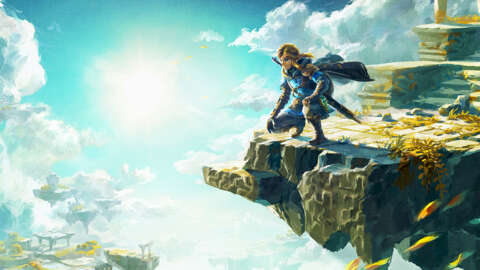
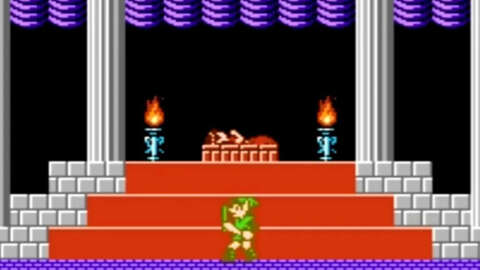
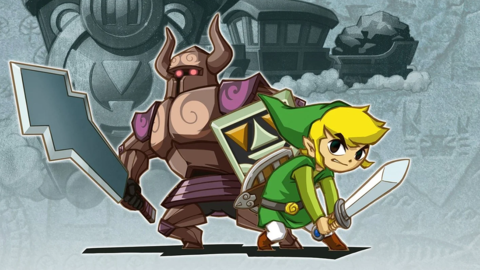
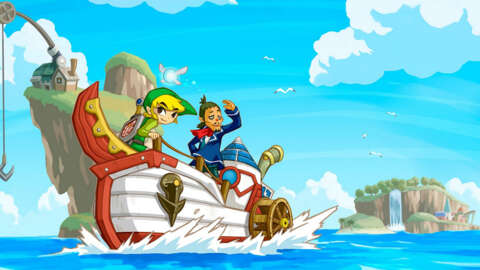
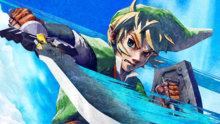
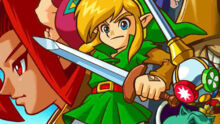
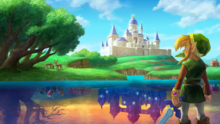 See More
See More
The dark mirror of Hyrule was familiar–similar landmarks and enemy placements–but more dangerous and sinister. That’s when you discover there isn’t just one princess to save but seven, descendents of the seven sages who had sealed Ganon in the Dark World generations in the past. And that means seven more dungeons. The entire game up to this point has been onboarding you for this journey. All of the work and intuitive learning you’ve picked up about how to engage with the world enters a final phase, wherein you have to use the dynamic between the worlds to open further dungeons.
When the Zelda series began to age into a more comfortable niche in the 3D era, fans often complained that it had become too hand-holding, making the series dull and lifeless. Breath of the Wild was hailed as a breath of fresh air in no small part because it was so open and minimalistic with its tutorials. When fans pine for the simpler days of Zelda and celebrate stripping away the extraneous calcified pieces that have built up over the years, we often draw comparisons to the eerie, wordless sense of wonder present in the very first game.
But a more apt template for modern gaming may be A Link to the Past. Thirty years later, it is a masterpiece of elegant game design, opening itself gracefully in meticulous phases that each build upon everything you’ve done before. The more flexible structure of Breath of the Wild might be the series’ direction for the foreseeable future, but A Link to the Past was the foundation. The decades-old game is just as enjoyable and beautifully designed as the day it came out, and absolutely worth revisiting.




